Hitchbot, The Hitchhiking Robot, Meets Its Untimely Demise At The Hands Of An Angry Human
After successful trips through other, friendlier countries, the adorable robot that requires the help of humans to get to his destination found a human who didn’t want to help.
HitchBot was no novice hitchhiking robot. But that didn’t save it when some terrible human decided to turn its fun cross-country road trip into a horror movie scene.
HitchBot was a friendly, chatty machine that came out of a project of two Canadian researchers. Usually people wonder if humans can trust robots, but with HitchBot, David Harris Smith at McMaster University and Frauke Zeller at Ryerson University flipped the question and asked: Can robots trust humans?
Since he couldn’t walk, HitchBot’s goal was to charm strangers to take him on road trips. Already, he’d successfully thumbed his way across Canada and Germany with the help of amused passersby. But HitchBot met his match in Philadelphia over the weekend. Only 300 miles into the social media savvy robot’s planned voyage from Boston to San Francisco, vandals destroyed and mutilated the poor machine. Smith and Zeller received the graphic photographic evidence on Saturday from a local who was following Hitchbot’s progress.
HitchBot took it pretty well. Though he’d lost power, communications and his pool noodle limbs, he (i.e. his creators) tweeted:
With no thoughts of revenge, he also stayed true to Isaac Asimov’s famous laws of robotics that a robot should never harm humans.
Many people on social media have been mourning the loss of HitchBot and have seen his death as a symbol of humanity’s evil (or at least of American evil). But his creators don’t agree—they view the entire endeavor as a success. They were surprised it even lasted this long. “[HitchBot’s destruction] was certainly more emotional than one would expect. I was really profoundly surprised and also quite sad about it. But I was more surprised because it was going so well,” Zeller says.
Overwhelmingly, Hitchbot’s interactions with people have been positive. “Most people really want to engage with HitchBot. They really like the collective act of imagination and play that was involved in the project,” says Smith. “To the question that governed the project: ‘can robots trust humans?’—to that end, we would say—mostly.”
But who would do such an evil thing as to destroy a cute, innocent robot that only wanted to make friends? Smith and Zeller aren’t willing to speculate and say Hitchbot’s demise might have been an accident for all they know. One of the last people to pick up HitchBot, however, thinks he has an idea. Jesse Wellens, a Youtube blogger with a large following, happened to be the last person to pick up HitchBot before setting him down on a historic street in Philadelphia. Wellens tweeted that he went back to see if he could get surveillance footage from the scene of the crime, and he later posted to Snapchat a several second clip that showed a man in a cap and sports jersey kicking an object that can’t been seen in the frame. (UPDATE: Wellens and his accomplice Ed Bassmaster seemed to have faked the sureillance footage seen below. Could that mean they are the culprits themselves? That’s not clear for now.)
As it was meant to, HitchBot raises bigger questions. As robots get more and more human-like (or animal-like, in the case of Google’s Boston Dynamics), will it be acceptable to treat them cruelly? At what point of artificial intelligence does destroying a robot cross the line from vandalism to abuse? These are questions people are grappling with right now. However, they are a moot point in the case of HitchBot.
Smith and Zeller say they have no plans to press charges or track anyone down for what is supposed to be a lighthearted research experiment. They are now discussing whether there will be a Hitchbot 2.0—but haven’t made any decisions yet.
[All Photos: via HitchBot]
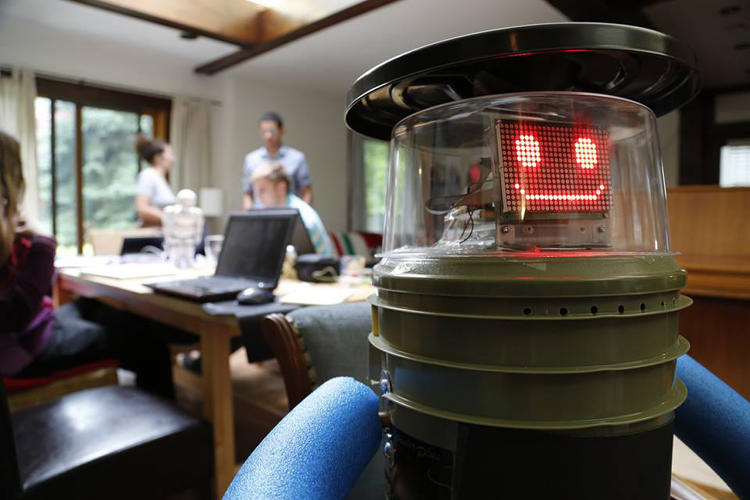
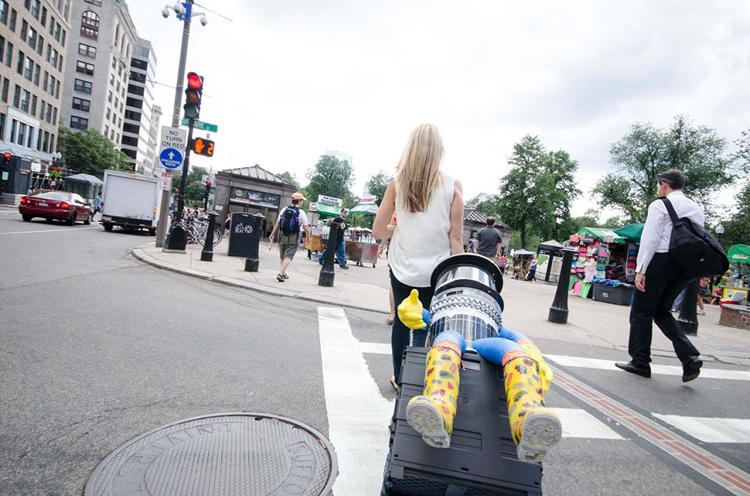
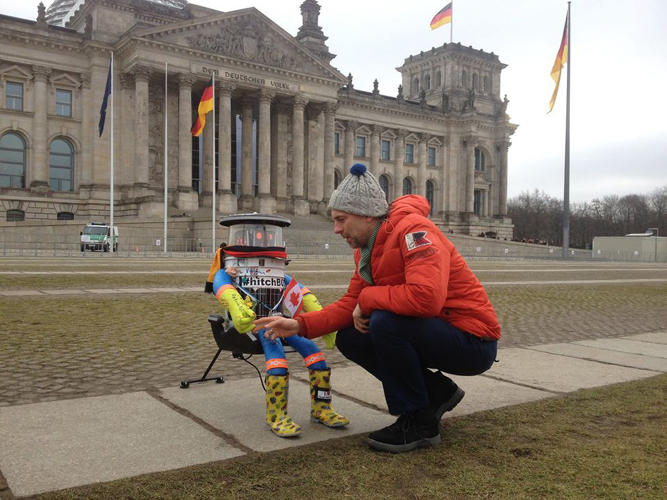

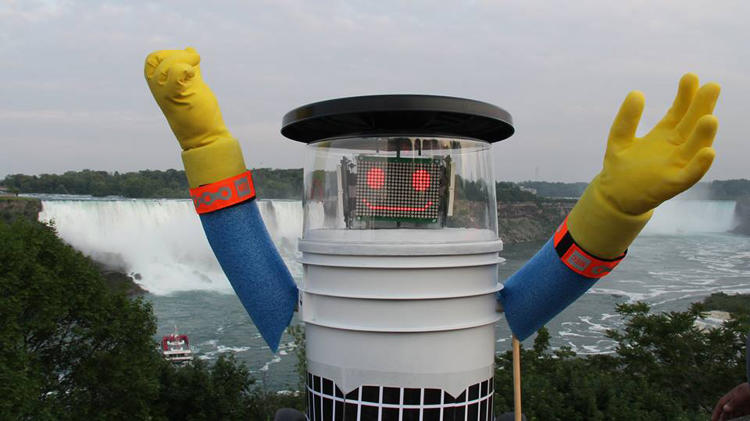
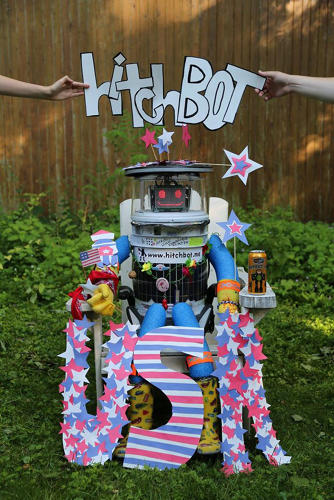
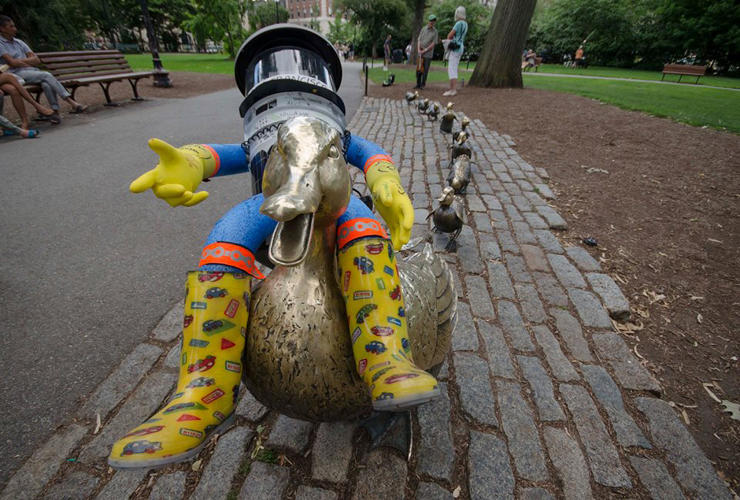
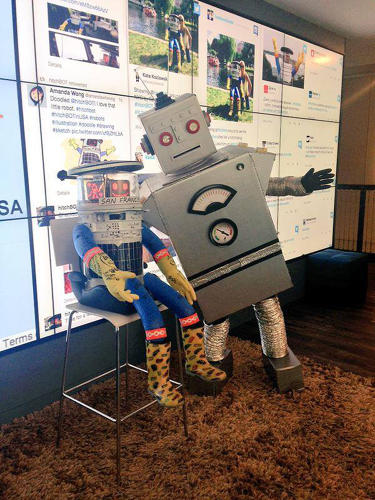
Fast Company , Read Full Story
(114)


